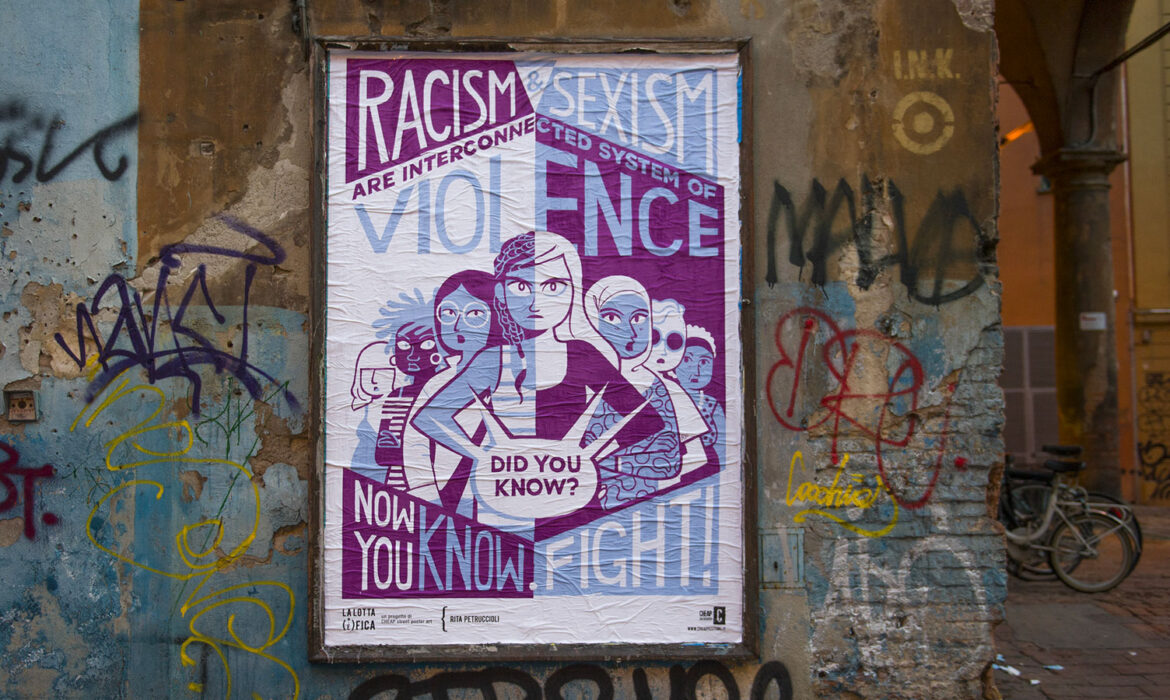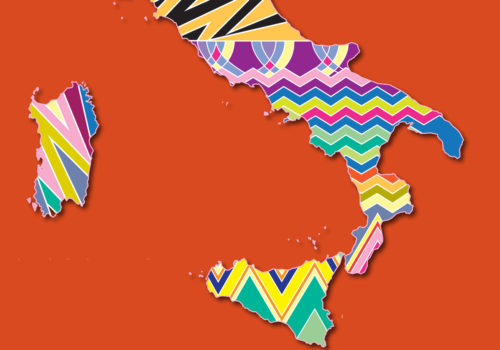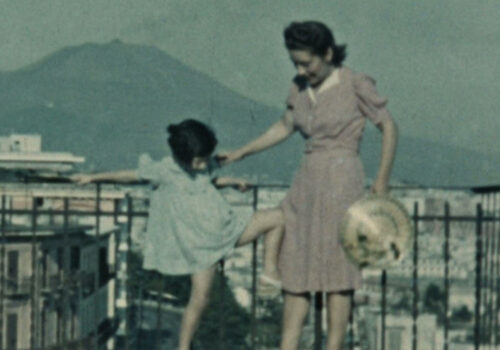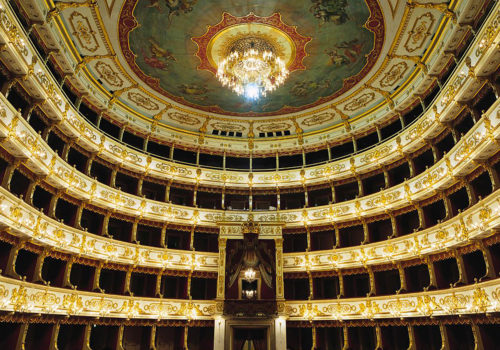In a recently published book, the role that urban planning could play in making public spaces feel safer
Being afraid of going out at night, avoiding crossing certain streets, taking a longer route to return home, these are everyday emotions and actions for all women. “Libere non coraggiose. Le donne e la paura nello spazio pubblico” (Free not brave. Women and fear in public space, Lettera Ventidue) is the new book by Florencia Andreola and Azzurra Muzzonigro (founders of the Associazione Sex & the City), and authors in 2020 of “Atlante di genere”. Fear in public spaces represents an intricate labyrinth of experiences and perceptions involving gender, culture and urban planning. While women continue to address the challenges of a society that often marginalises and objectifies them, it is important to recognize that fear is a reflection of social and environmental dynamics. The story does not simply mirror how dangerous our cities truly are, it is also the result of a social construction rooted in a history of patriarchal obsession. The authors focus on the role that urban planning could play in designing cities that can make women and minorities in general feel safer in the public space, dwelling on the city of Milan in particular, but extending their investigation to virtuous cases on the international scale.
Andreola and Muzzonigro do not stop at a mere analysis of existing issues, theirs is a call to action, a request for commitment, aimed at both the population and the administration of the city, so that the presence of women in public spaces might become an expression of freedom and not an act of bravery.
Organised in four chapters, the book alternates statistical data, national and international investigations and interviews with public administrators, movements and citizen associations, to provide an extended and multifaceted picture and stimulate the debate with new perspectives.
One of the premises of the book is that the fear that women perceive is also the result of a social construction. The fear expressed by women in general is a condition that arises on the basis of various external stimuli. They include the education received from their families at a young age and the messages spread by newspapers and television, which often amplify or distort events in the news. A stereotyped press release can indeed fuel racist positions, incentivate gentrification processes and implicitly encourage the woman-domestic space relationship.
More or less consciously, the collective body can instill fear in young girls and women, make them give up going out in the evening and at night for fear of rape.
Bologna, Toronto, Umeå, Vienna, Barcelona, among the many, but Milan is the city under closest observation in relation to these themes. Milan is at the centre of an intense debate these days about how dangerous it is, and how the population perceives that this danger is growing. This is a generalised feeling that is not however supported by the collected data. In recent years, according to the research of Lab24 of Il Sole 24 Ore (which observes the conditions of criminality in the various Italian provinces) and according to the data provided by the prefect of Milan, the number of complaints to police is decreasing.
But what tools are available to all the actors that collaborate in the planning and public administrations to design safer cities? Various approaches have been developed in many parts of the world since the 1970s, to try and integrate into urban design the fundamental element of the perception of insecurity and security as such. One of the most important of these strategies is Crime Prevention through Environmental Design, defined as «the correct design and efficient use of the built environment that can lead to a reduction in the fear of crime and in criminal episodes, as well as an improvement in the quality of life».
Another strategy, which might empower women and make them experts about spaces, is the Map of the forbidden city for women (Mapa de la ciudad prohibida para las mujeres) in the Netherlands, developed by the collective and design studio Hiria Kolektiboa. Women in Lighting, instead, is an international project that started in London in 2019 with the intent to highlight the profiles of women who work in the lighting field. In fact, the concept of the perception of fear and real danger is almost always linked to visual perception.
One of the best initiatives, in conclusion, is “Affacci solidali” in Milan, promoted through the association which arose to address the needs of a group of women in Via Arquà who felt unsafe and insecure when walking home at night, and is open to everyone who lives on the street.
Participants may request support through the project’s specific WhatsApp chat, so that anyone who is home and available can appear at their window, call to the person who is on her way home, and monitor her progress until she is safely inside her door, and if necessary call her on the phone. The support of the community has proven to be important because it helps make people safe and free to return home in the evening or at night alone, significantly contributing to both perceived and real safety.
On the cover: © CHEAP
©ALL RIGHTS RESERVED











